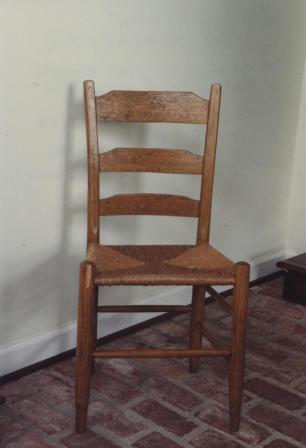Folk CraftsWhat are folk crafts? Warren provided a number of criteria. Foremost was the element of tradition – the informal transmission of techniques and designs from generation to generation, whether within a family or from master to apprentice. Other considerations included a craft’s antiquity, its general use, whether it was the product of a single person, and the degree of personal contact between the craftsman and his customer. A scythe handle, for instance, would be made to match the height and arm length of its user. In many cases, a specialized craftsman’s primary occupation was farming. Gradually, as industrialization pervaded rural society, craftsmen became repairers rather than makers.
Yet, folk crafts, like other traditions and ways of life, are tenacious. They survive most easily in areas and communities set apart from contemporary society, such as among the Amish. But they also survive for other reasons: · need for repair work · economic conditions make their practice feasible · many consumers value the handmade item · they are taught in both formal and informal settings · personal satisfaction in making useful or decorative items "Another, broader question involves the distinction, if any, between a craft, an art, and an occupation. Although there is much confusion in terms (for example, the term
'manual arts'), in general practice the so-called fine arts are distinguished from the crafts. Hence painting and sculpture when traditional are considered as folk art rather than folk craft. Moreover, occupations such as mining and logging are usually not deemed crafts, for the miner, for example, simply produces the metals with which the blacksmith and the tinsmith work while the craftsman produces the finished product. Moreover, the craft demands, on the whole, a greater degree of training and skill than does the occupation." |
